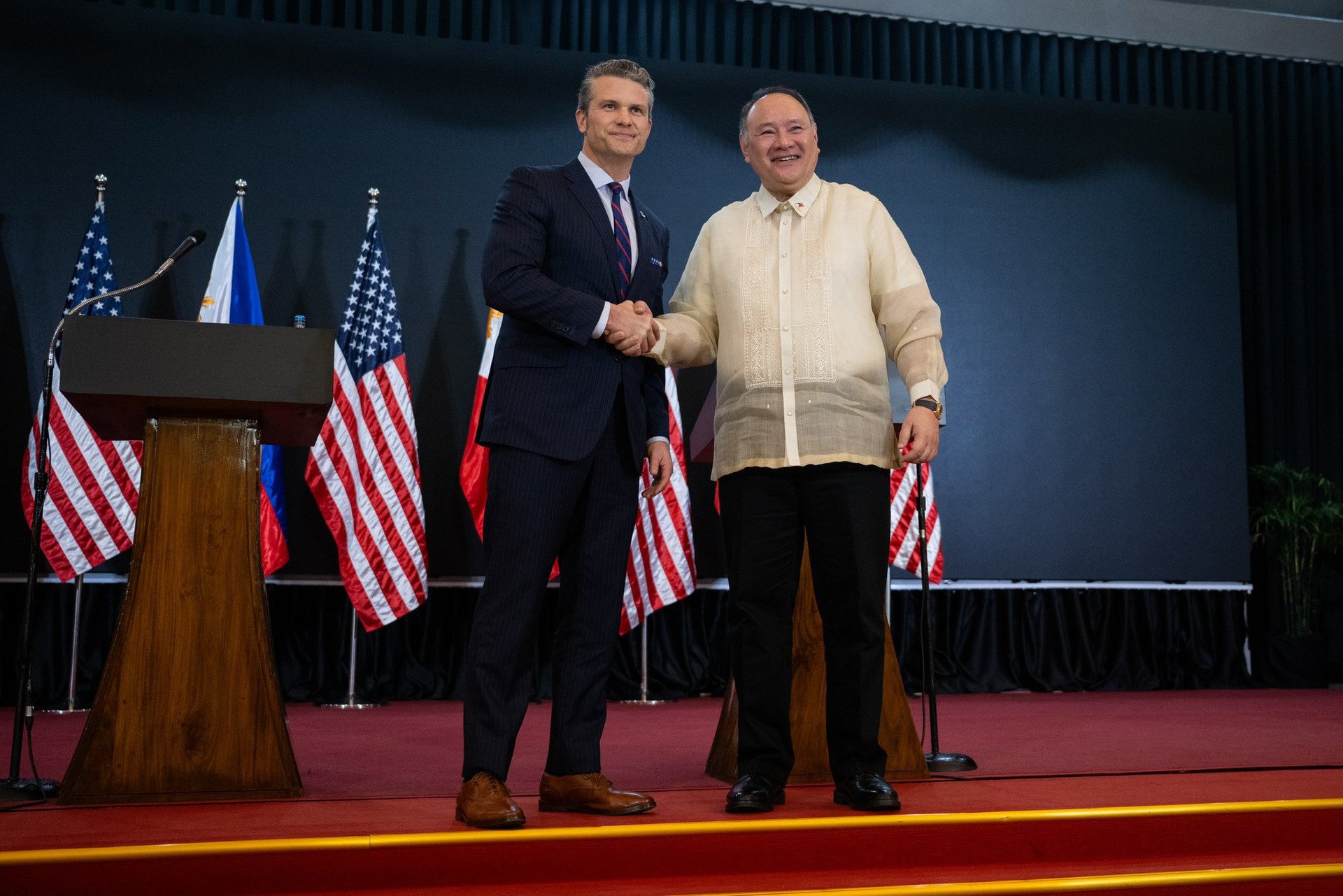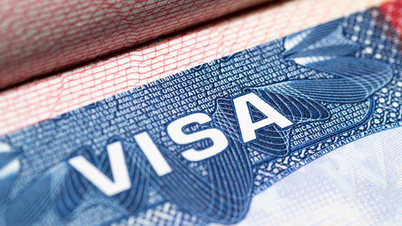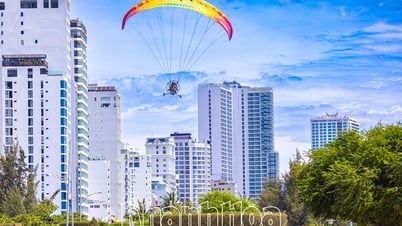The missile system is the second unit the US has transferred to the Philippines, after the first system caused controversy last year because it had a range that could reach the Chinese coast. This version has a shorter range but still increases the risk of military confrontation.
Speaking in Manila, Mr. Hegseth confirmed that the US NMESIS system will be deployed in the Philippines next month as part of the Balikatan exercise.

US Secretary of Defense Pete Hegseth and Philippine Defense Secretary Gilbert Teodoro. Photo: X/SecDef
Tensions continued to escalate when Colonel Michael Rose, commander of the US Multi-Domain Task Force 3, confirmed plans to deploy a second Typhon system in the Pacific region. Typhon, capable of being equipped with Tomahawk cruise missiles with a range of 1,000 miles, can reach Chinese military bases in the South China Sea.
The Philippines is determined to keep the system for training, despite strong objections from China. Philippine military spokeswoman Francel Margareth Padilla said it was a “welcome step” and stressed: “The more weapons we have, the more personnel we can train.”
In response to these moves, Chinese Defense Ministry spokesman Zhang Xiaogang accused the Philippines of using the Typhon as a "bargaining chip" and warned that this action was "very dangerous".
Expert Collin Koh at the Singapore Institute of Strategic Studies commented that China would find it difficult to take direct countermeasures but would likely increase pressure on the Philippines.
In addition to deploying military hardware, the US and the Philippines are also increasing cooperation in other areas, including defense industry development, joint cybersecurity initiatives and special training exercises in Batanes - an area near Taiwan.
Ngoc Anh (according to Newsweek, CNN)
Source: https://www.congluan.vn/my-trien-khai-them-he-thong-ten-lua-tai-philippines-cang-thang-khu-vuc-gia-tang-post340579.html





![[Photo] Prime Minister Pham Minh Chinh and Prime Minister of the Kingdom of Thailand Paetongtarn Shinawatra attend the Vietnam-Thailand Business Forum 2025](https://vphoto.vietnam.vn/thumb/1200x675/vietnam/resource/IMAGE/2025/5/16/1cdfce54d25c48a68ae6fb9204f2171a)




















![[Photo] President Luong Cuong receives Prime Minister of the Kingdom of Thailand Paetongtarn Shinawatra](https://vphoto.vietnam.vn/thumb/1200x675/vietnam/resource/IMAGE/2025/5/16/52c73b27198a4e12bd6a903d1c218846)































































Comment (0)